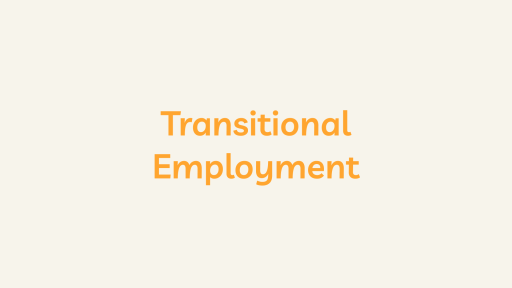Introduction
Human Resources Management System (HRMS) is a vital component of modern organizational management, designed to streamline and enhance various human resource functions within a company. Also known as Human Resources Information System (HRIS) or Human Capital Management (HCM), HRMS leverages technology to automate and optimize HR tasks, fostering efficiency, accuracy, and strategic decision-making.
What are the key components of the human resources management system (HRMS)?
- Employee Information Management:
HRMS serves as a centralized repository for employee information. It includes personal details, contact information, job history, qualifications, and other relevant data. This organized database facilitates quick access and updates, reducing manual paperwork. - Payroll Management:
Efficient payroll management is crucial for organizations. HRMS automates payroll processes, including salary calculations, tax deductions, and direct deposits. This ensures accuracy, compliance with tax regulations, and timely payroll processing. - Time and Attendance Tracking:
HRMS helps monitor employee attendance and working hours. This feature aids in tracking employee productivity, managing overtime, and ensuring compliance with labor regulations. - Recruitment and Applicant Tracking:
Streamlining the hiring process is simplified through HRMS. It includes tools for job posting, applicant tracking, resume management, and interview scheduling. This accelerates the recruitment cycle and enhances the quality of hires. - Performance Management:
HRMS supports performance appraisal processes by providing a structured framework for setting goals, conducting evaluations, and offering feedback. This data assists in talent development and succession planning. - Training and Development:
Employee growth is facilitated through HRMS by tracking training programs, certifications, and skill development initiatives. This aids in identifying skill gaps and planning targeted training interventions. - Benefits Administration:
HRMS helps manage employee benefits such as health insurance, retirement plans, and other perks. Automated benefits administration ensures accurate record-keeping and compliance with regulatory requirements.
What are the advantages of the human resources management system (HRMS)?
- Efficiency and Automation:
HRMS automates routine HR tasks, reducing manual effort and minimizing errors. This efficiency allows HR professionals to focus on strategic initiatives. - Data Accuracy and Security:
A centralized database ensures accurate and up-to-date employee information. Security features protect sensitive HR data, ensuring compliance with data protection regulations. - Cost Savings:
Automation and efficiency contribute to time and resource savings. Reduced paperwork, streamlined processes, and minimized errors lead to overall financial benefits. - Strategic Decision-Making:
HRMS provides valuable insights through analytics and reporting tools. This data-driven approach enables HR professionals and organizational leaders to make informed decisions regarding workforce management and planning. - Employee Self-Service:
Many HRMS platforms include self-service portals that empower employees to update personal information, access pay stubs, request time off, and participate in performance evaluations. This promotes employee engagement and satisfaction.
Conclusion
Human Resources Management System (HRMS) is a comprehensive solution revolutionizing HR operations. HRMS enhances organizational efficiency, data accuracy, and strategic decision-making from recruitment to employee development, payroll to performance management. Implementing a robust HRMS is essential for organizations seeking to adapt to the evolving landscape of human resource management and maintain a competitive edge in the business world.





